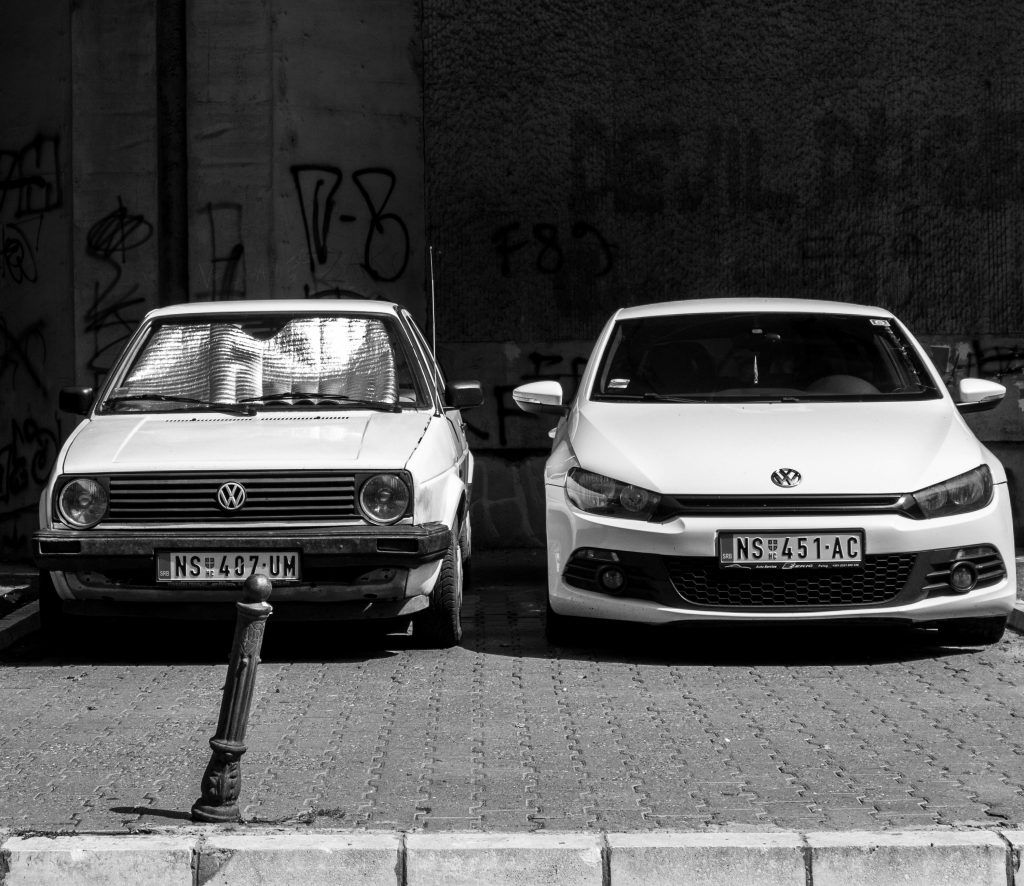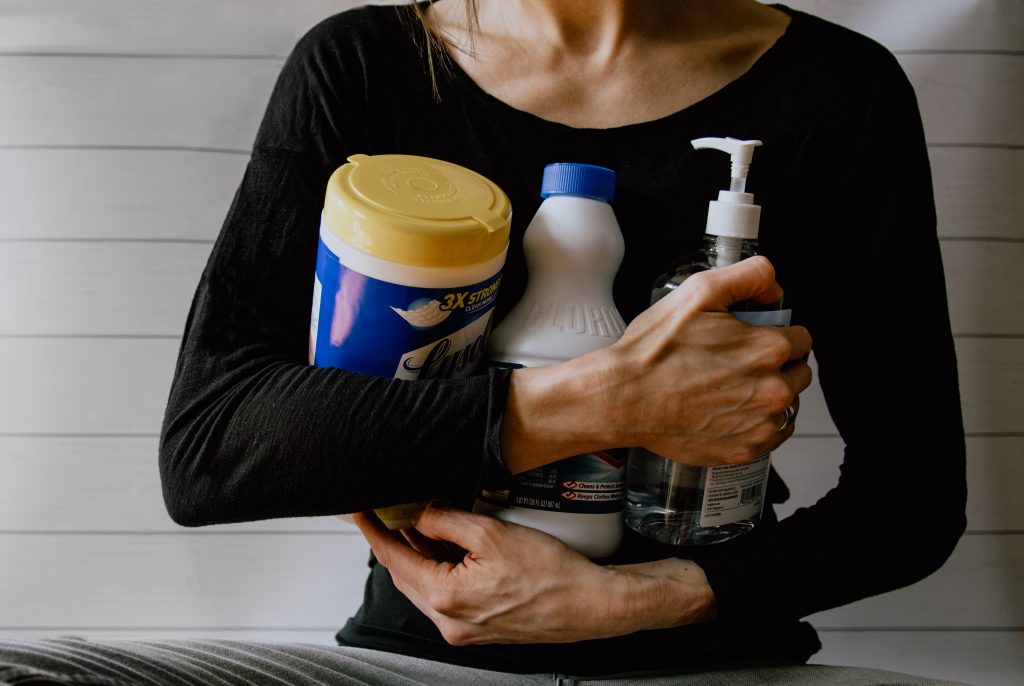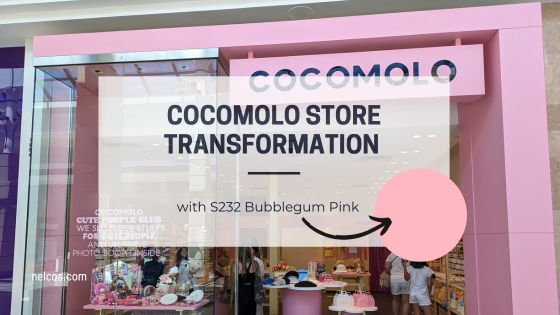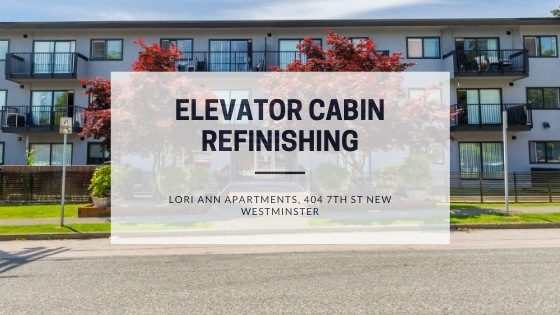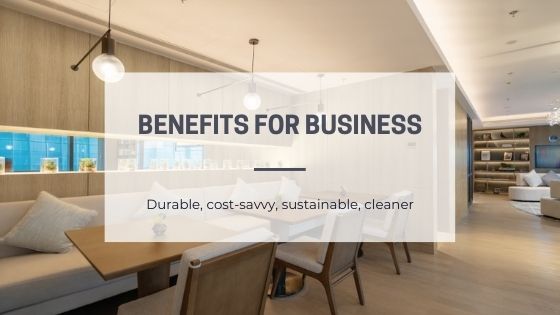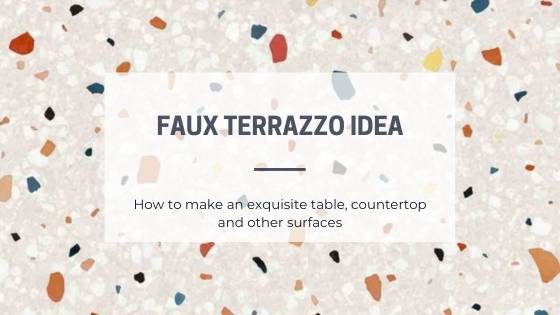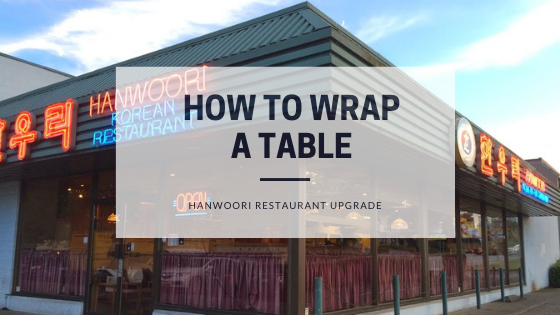Pros and Cons: Painting vs. Wrapping
Table of Contents
Comparing Painting and Wrapping: Which is Right for Your Surface?
There are many ways to change the look of any surface. In this article, we’ll explore the traditional approach of painting versus using architectural film as a modern alternative. It’s like comparing two different car models—both get the job done, but each has its own unique purpose and advantages.
When evaluating these two finishing approaches, we’ve highlighted the following key characteristics:
Time
How long will it take to finish your piece or renovate your space?
Organization
What does the process look like? Will you need to consider cleaning afterward?
Imperfections
How does each finishing solution react to different types of surfaces? Does it show or hide imperfections?
Durability
How long before you start seeing issues like peeling or cracking?
Cleaning
What cleaning solutions will you need to maintain the newly finished surface?
Case Study: Kitchen Cabinets
The factors mentioned above are crucial when analyzing whether a particular approach is right for you. Let’s delve deeper into this by taking kitchen cabinet refinishing as an example.
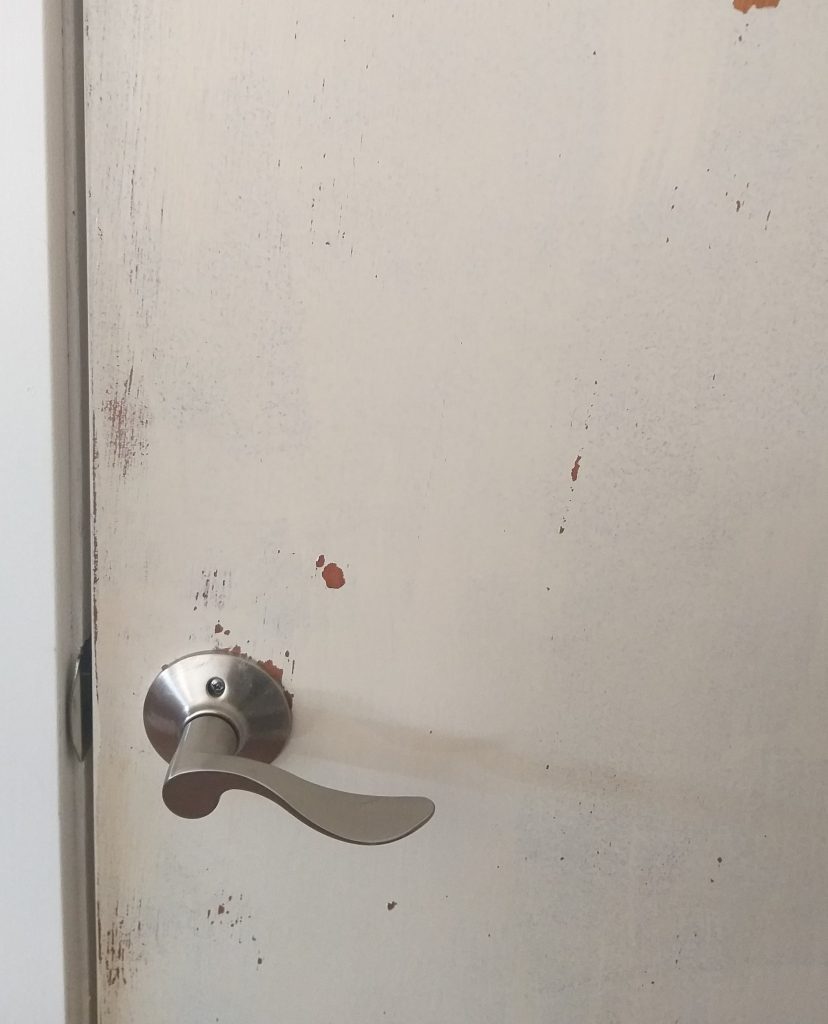
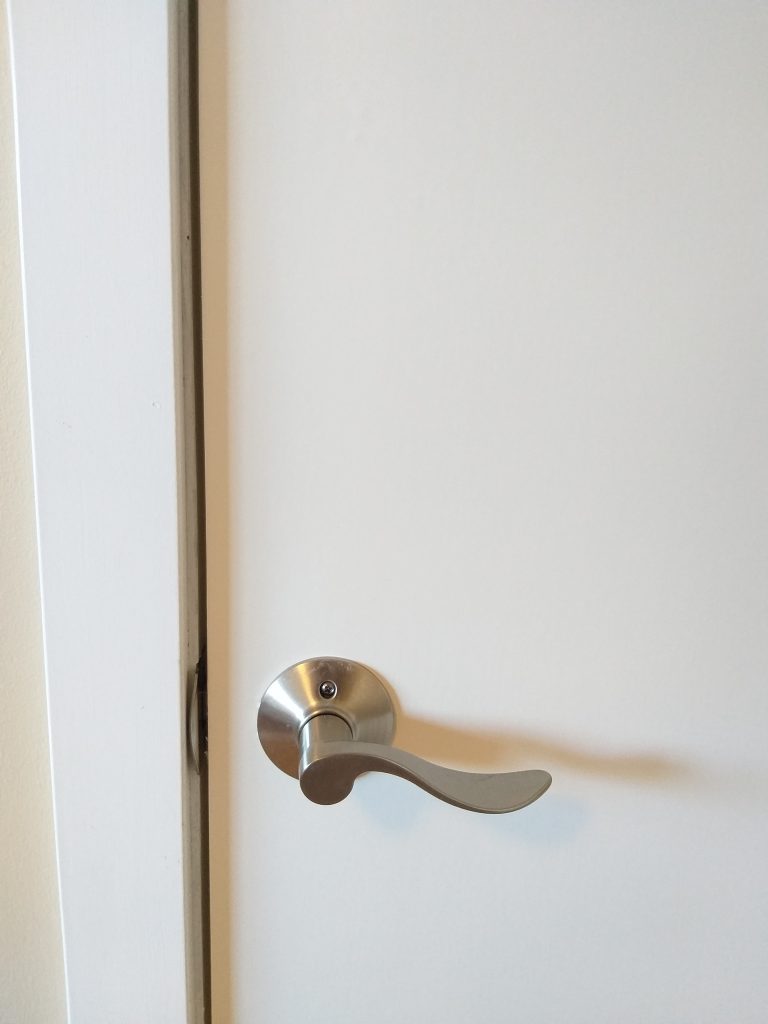
Time-consuming vs Fast
Painting
Painting kitchen cabinets is a lengthy process. First, you need to take the cabinets apart and find a flat place to lay out each piece. The prep work includes cleaning, degreasing, sanding, and allowing surfaces to dry between each step. Then comes the primer, which requires at least 24 hours to dry. After that, you must lightly sand the surfaces again before applying the first coat of paint. This process—sanding and painting—needs to be repeated two more times. Once you’ve finished, the surfaces need two or three days to dry completely.
Wrapping
Believe it or not, film installation requires much less time. We start with a free in-home assessment and measuring. Then you choose the pattern you want for your kitchen surfaces—whether it’s rich wood, solid color, marble, or metal. Our film solution allows you to make wood cabinets look like marble. Once you’ve made your selection, our installation team takes over. In just a few hours, you’ll be admiring the look of your fully transformed kitchen.
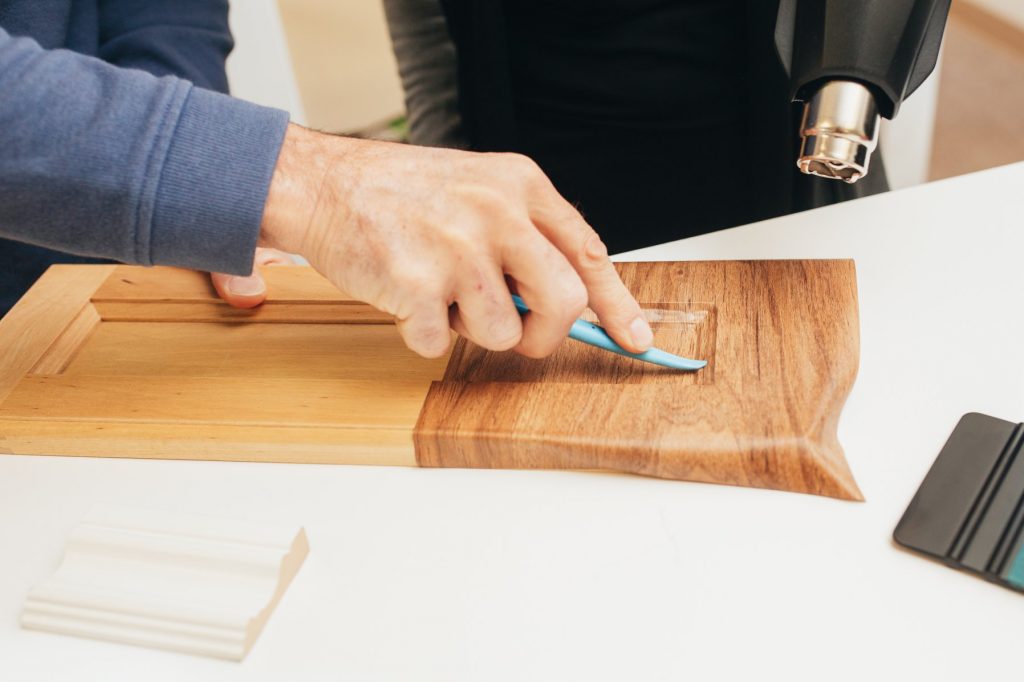
Messy vs Clean
Painting
You have to agree that painting is not only a long process but also a messy one. The surrounding area needs to be covered with protective coverings, and you have to carefully tape everything you don’t want to paint. Removing the tape without damaging a fresh coat of paint can be tricky; otherwise, you might have to start over. Plus, when using a paintbrush, you often deal with stray brush hairs getting stuck in the paint.
Wrapping
In contrast, architectural film installation is a much cleaner process. There’s no need to protect surrounding surfaces from paint splashes. The film is clean and touchable right after installation, and there is no extensive waste or cleanup required. You won’t have to worry about dealing with leftover garbage, making the whole process much more efficient and hassle-free.
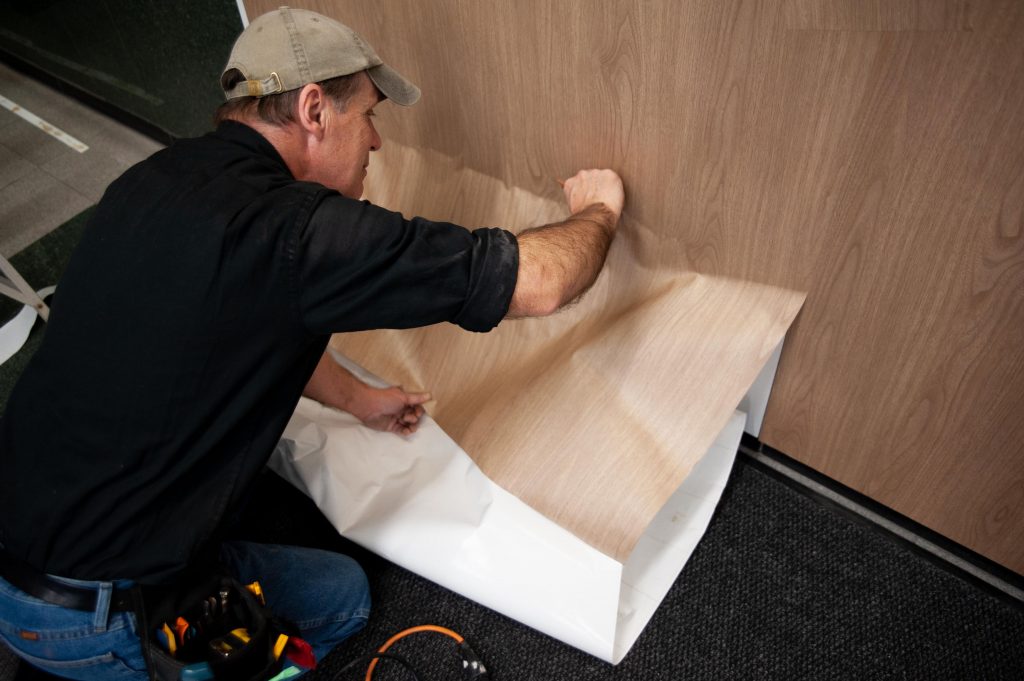
Highlights Flaws vs Hides Flaws
Painting
If all the previous points weren’t enough, there’s one more drawback of paint finishes. If a surface is not perfectly smooth, a coat of paint will highlight all the flaws and even make them more visible. Additionally, brush strokes will be noticeable unless you use a paint sprayer, which requires professional skills.
Wrapping
On the other hand, architectural film covers surfaces smoothly, hiding all imperfections in the process. The finished item will look clean and neat, providing a flawless appearance that paint struggles to achieve.
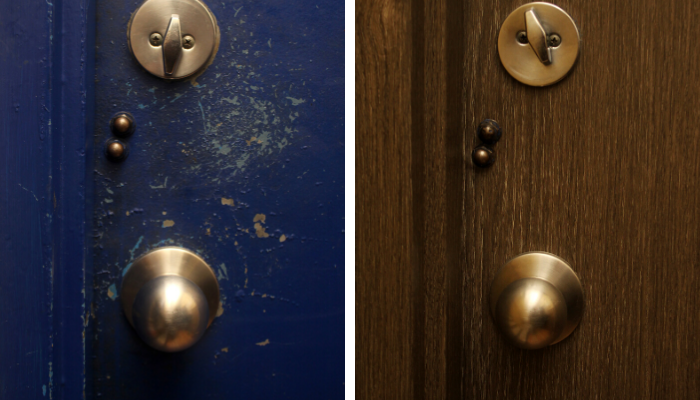
Cracking vs Durable
Painting
Paint finishes inevitably crack and scuff, especially in high-traffic areas. Surfaces can be easily damaged by knives or even fingernails, with areas around knobs being particularly vulnerable. This means you’ll need to make touch-ups from time to time or even give the cabinets a new coat of paint.
Wrapping
Conversely, architectural film is extremely durable and stain-resistant, maintaining its perfect appearance for over ten years. It resists scratches from nails, and knife run-ins won’t damage it, making it a long-lasting solution for any surface.
Tricky Cleaning vs Clean with Ease
Painting
Cleaning is an inevitable part of housekeeping, and deep cleaning your kitchen cabinets can be particularly challenging with paint finishes. Some chalk paints lose their glossiness after interacting with cleaning solutions and disinfectants, while others show watermarks and food or oil stains. You have to be careful and research thoroughly before choosing a cleaner.
Wrapping
Unlike painted finishes, kitchen cabinets covered with architectural film are incredibly easy to clean and sanitize. Simply wipe them down with any cleaning solution, and you’re done. Our vinyl films are antibacterial and easily sanitized, making them a hassle-free and hygienic choice for your home.
FAQ: Interior Wrap vs Paint
What is the difference between interior wrap vs. paint?
Interior Wrap: Interior wraps are self-adhesive vinyl films that can be applied to various surfaces to give them a new look. They are available in a wide range of patterns, textures, and finishes, making them a versatile choice for interior design. Wraps are quick to install, durable, and easy to clean.
Paint: Painting involves applying liquid paint to surfaces, which requires a longer process including preparation, multiple coats, and drying time. Paint can highlight surface imperfections and often requires more maintenance over time due to cracking, peeling, or scuffing.
Is a wrap better than a paint job?
Interior wraps offer several advantages over paint jobs:
- Time: Wraps are faster to install than paint, which requires multiple steps and long drying times.
- Durability: Wraps are more resistant to scratches, stains, and wear, maintaining their appearance for longer.
- Ease of Cleaning: Wraps are easier to clean and sanitize compared to painted surfaces.
- Variety: Wraps come in numerous patterns and finishes, offering more design flexibility.
What is the difference between vinyl wrap and paint?
Vinyl Wrap: Vinyl wraps are adhesive films applied to surfaces, providing a durable and versatile finish. They can mimic various materials such as wood, metal, and marble. Wraps are quick to install and easy to maintain.
Paint: Paint is applied as a liquid and requires significant prep work and multiple layers. It can show imperfections on the surface and needs more frequent touch-ups and maintenance to keep it looking fresh.
Are wraps better than paint?
In many cases, yes. Wraps offer:
- Quick Installation: Less downtime compared to painting.
- Durability: Higher resistance to damage and wear.
- Maintenance: Easier cleaning and sanitization.
- Aesthetics: A wider range of design options without compromising quality.
Are metallic wraps more expensive?
The price of interior film, including metallic wraps, varies depending on the collection. On average, interior film costs around $3-4 per square foot. While some metallic wraps may be more expensive, they still offer a cost-effective solution compared to high-end paint finishes.
Quick and Fantastic Transformations
We wrap your existing surfaces with film to make them look brand new and exactly how you envision. The installation is quick, and the final result is fantastic. Feel free to contact us by phone or email, and we will gladly assist you.
By the way, our quotes are free. Request yours today!

